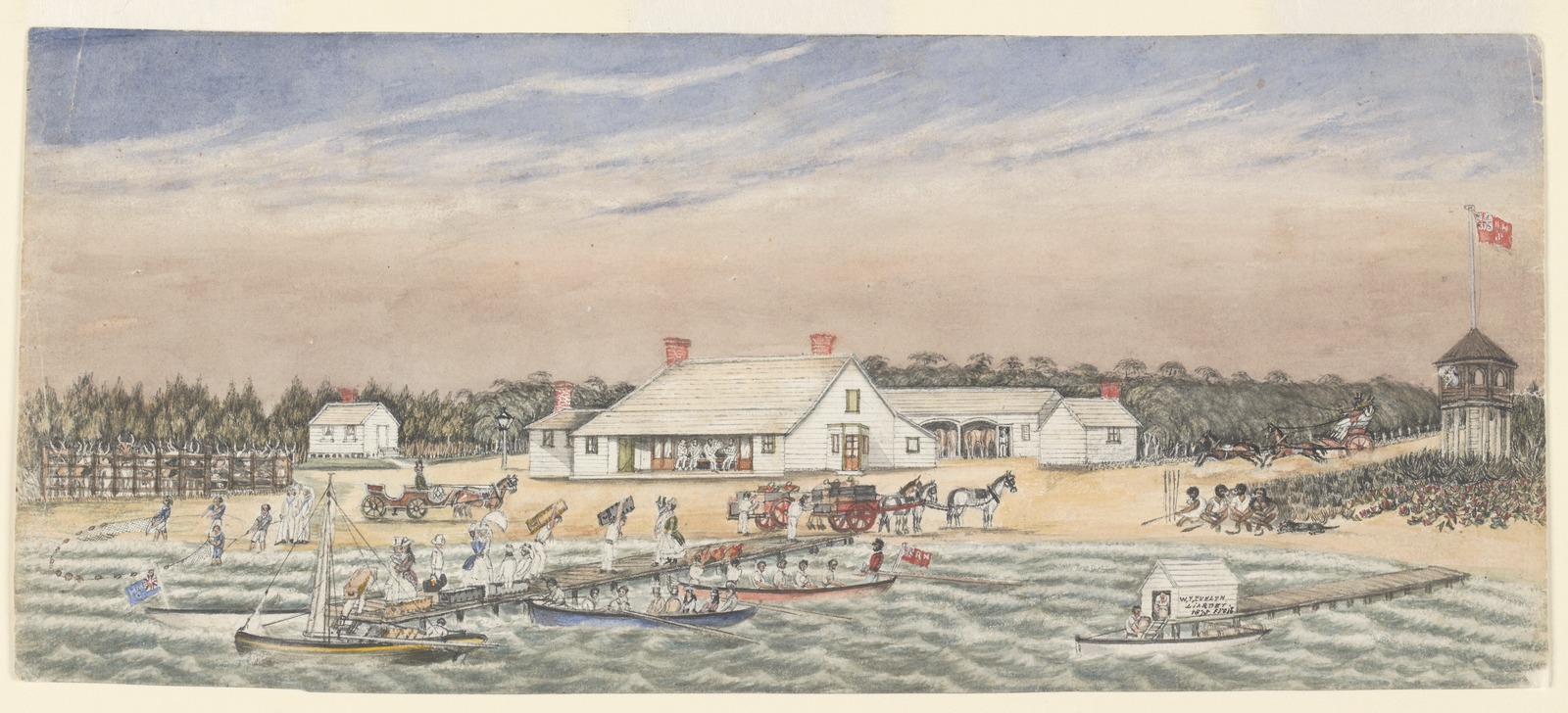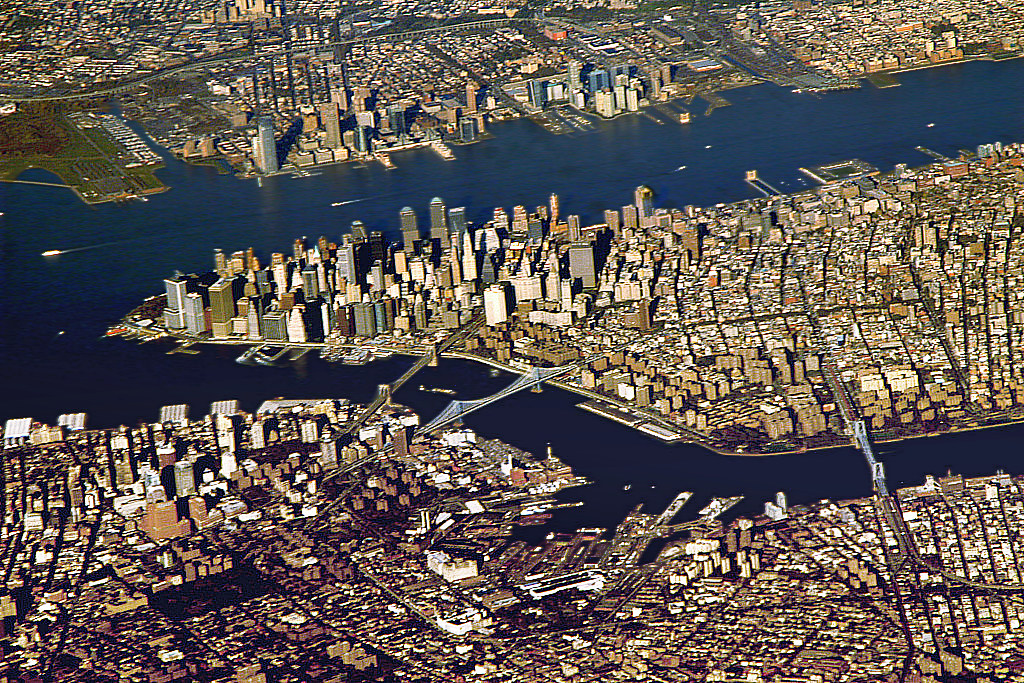|
The Port Melbourne Standard
''The Standard'' was a weekly newspaper published in Port Melbourne from 1883 to 1914, and as ''The Port Melbourne Standard'' from 1914 to 1920. History The paper's original offices were in Bay Street, Port Melbourne. Alf M. Stevens was editor and manager to February 1888, when it was taken over by Philip Salmon, previously of the (Footscray) ''Advertiser''. In October 1888 Salmon and Stevens disposed of the paper to Alfred Gagan, publisher of the (Williamstown?) ''Advertiser''. FroVol.XI No.578(13 October 1894) its banner was subtitled "With which is incorporated the Port Melbourne Tribune" Digitization The National Library of Australia has digitized photographic copies of most issues of ''The Standard'' froVol. 1 No.46(24 May 1884) tVol. 28 No.21(23 May 1914) and ''The Port Melbourne Standard''Vol. 28 No.22(30 May 1914) toVol.34 No.9(28 February 1920) as part of the Australian Newspapers Digitisation Project Trove is an Australian online library database owned by the Na ... [...More Info...] [...Related Items...] OR: [Wikipedia] [Google] [Baidu] |
Port Melbourne
Port Melbourne is an inner-city List of Melbourne suburbs, suburb in Melbourne, Victoria (Australia), Victoria, Australia, south-west of Melbourne's Melbourne central business district, Central Business District, located within the Cities of City of Melbourne, Melbourne and City of Port Phillip, Port Phillip Local government areas of Victoria, local government areas. Port Melbourne recorded a population of 17,633 at the 2021 Australian census, 2021 census. The area to the north of the West Gate Freeway is located within the City of Melbourne, with The area to the south located within the City of Port Phillip. The suburb is bordered by the shores of Hobsons Bay and the lower reaches of the Yarra River. Port Melbourne covers a large area, which includes the distinct localities of Fishermans Bend, Victoria, Fishermans Bend, Garden City, Victoria, Garden City and Beacon Cove. Historically it was known as Sandridge and developed as the city's second port, linked to the nearby Melb ... [...More Info...] [...Related Items...] OR: [Wikipedia] [Google] [Baidu] |
Philip Salmon
Philip Melville Salmon (16 November 1849 - 7 July 1909) was an Australian politician. He was a member of the Victorian Legislative Assembly from 1892 to 1894, representing the electorate of Port Melbourne. Business and journalistic career Salmon was born in England. His family migrated to Victoria around 1861 and settled in Bendigo for several years before relocating to Port Melbourne. He worked at the sugar works, then worked as an auctioneer for a firm in Bay Street. He later moved to Footscray, where he was an auctioneer and real estate agent and proprietor of '' The Footscray Advertiser'' newspaper. Salmon was a prominent member of both the Port Melbourne and Footscray communities, serving in a range of community organisations, including being a member of the Sandridge School Board of Advice, president of the Footscray United Cricket Club and Alberts Football Club and vice-president of the Footscray Rowing Club. He was a lieutenant in the Sandridge Artillery Corps and then ... [...More Info...] [...Related Items...] OR: [Wikipedia] [Google] [Baidu] |
The Standard (Port Melbourne)
''The Standard'' was a weekly newspaper published in Port Melbourne from 1883 to 1914, and as ''The Port Melbourne Standard'' from 1914 to 1920. History The paper's original offices were in Bay Street, Port Melbourne. Alf M. Stevens was editor and manager to February 1888, when it was taken over by Philip Salmon, previously of the (Footscray) ''Advertiser''. In October 1888 Salmon and Stevens disposed of the paper to Alfred Gagan, publisher of the (Williamstown?) ''Advertiser''. FroVol.XI No.578(13 October 1894) its banner was subtitled "With which is incorporated the Port Melbourne Tribune" Digitization The National Library of Australia has digitized photographic copies of most issues of ''The Standard'' froVol. 1 No.46(24 May 1884) tVol. 28 No.21(23 May 1914) and ''The Port Melbourne Standard''Vol. 28 No.22(30 May 1914) toVol.34 No.9(28 February 1920) as part of the Australian Newspapers Digitisation Project Trove is an Australian online library database owned by the Nat ... [...More Info...] [...Related Items...] OR: [Wikipedia] [Google] [Baidu] |
The Herald (Melbourne)
''The Herald'' was a morning and, later, evening broadsheet newspaper published in Melbourne, Australia, from 3 January 1840 to 5 October 1990, which is when it merged with its sister morning newspaper '' The Sun News-Pictorial'' to form the '' Herald-Sun''. Founding The ''Port Phillip Herald'' was first published as a semi-weekly newspaper on 3 January 1840 from a weatherboard shack in Collins Street. It was the fourth newspaper to start in Melbourne. The paper took its name from the region it served. Until its establishment as a separate colony in 1851, the area now known as Victoria was a part of New South Wales and it was generally referred to as the Port Phillip district. Preceding it was the short-lived '' Melbourne Advertiser'' which John Pascoe Fawkner first produced on 1 January 1838 as hand-written editions for 10 weeks and then printed for a further 17 weekly issues, the '' Port Phillip Gazette'' and ''The Port Phillip Patriot and Melbourne Advertiser''. But wit ... [...More Info...] [...Related Items...] OR: [Wikipedia] [Google] [Baidu] |
Port Melbourne Tribune
A port is a maritime facility comprising one or more wharves or loading areas, where ships load and discharge cargo and passengers. Although usually situated on a sea coast or estuary, ports can also be found far inland, such as Hamburg, Manchester and Duluth; these access the sea via rivers or canals. Because of their roles as ports of entry for immigrants as well as soldiers in wartime, many port cities have experienced dramatic multi-ethnic and multicultural changes throughout their histories. Ports are extremely important to the global economy; 70% of global merchandise trade by value passes through a port. For this reason, ports are also often densely populated settlements that provide the labor for processing and handling goods and related services for the ports. Today by far the greatest growth in port development is in Asia, the continent with some of the world's largest and busiest ports, such as Singapore and the Chinese ports of Shanghai and Ningbo-Zho ... [...More Info...] [...Related Items...] OR: [Wikipedia] [Google] [Baidu] |
National Library Of Australia
The National Library of Australia (NLA), formerly the Commonwealth National Library and Commonwealth Parliament Library, is the largest reference library in Australia, responsible under the terms of the ''National Library Act 1960'' for "maintaining and developing a national collection of library material, including a comprehensive collection of library material relating to Australia and the Australians, Australian people", thus functioning as a national library. It is located in Parkes, Australian Capital Territory, Parkes, Canberra, Australian Capital Territory, ACT. Created in 1960 by the ''National Library Act'', by the end of June 2019 its collection contained 7,717,579 items, with its manuscript material occupying of shelf space. The NLA also hosts and manages the renowned Trove cultural heritage discovery service, which includes access to the Australian Web Archive and National edeposit (NED), a large collection of digitisation, digitised newspapers, official documents, ... [...More Info...] [...Related Items...] OR: [Wikipedia] [Google] [Baidu] |
Australian Newspapers Digitisation Project
Trove is an Australian online library database owned by the National Library of Australia in which it holds partnerships with source providers National and State Libraries Australia, an aggregator and service which includes full text documents, digital images, bibliographic and holdings data of items which are not available digitally, and a free faceted-search engine as a discovery tool. Content The database includes archives, images, newspapers, official documents, archived websites, manuscripts and other types of data. it is one of the most well-respected and accessed GLAM services in Australia, with over 70,000 daily users. Based on antecedents dating back to 1996, the first version of Trove was released for public use in late 2009. It includes content from libraries, museums, archives, repositories and other organisations with a focus on Australia. It allows searching of catalogue entries of books in Australian libraries (some fully available online), academic and ... [...More Info...] [...Related Items...] OR: [Wikipedia] [Google] [Baidu] |
Defunct Newspapers Published In Melbourne
{{Disambiguation ...
Defunct (no longer in use or active) may refer to: * ''Defunct'' (video game), 2014 * Zombie process or defunct process, in Unix-like operating systems See also * * :Former entities * End-of-life product * Obsolescence Obsolescence is the state of being which occurs when an object, service, or practice is no longer maintained or required even though it may still be in good working order. It usually happens when something that is more efficient or less risky r ... [...More Info...] [...Related Items...] OR: [Wikipedia] [Google] [Baidu] |
Newspapers Established In 1893
A newspaper is a periodical publication containing written information about current events and is often typed in black ink with a white or gray background. Newspapers can cover a wide variety of fields such as politics, business, sports and art, and often include materials such as opinion columns, weather forecasts, reviews of local services, obituaries, birth notices, crosswords, editorial cartoons, comic strips, and advice columns. Most newspapers are businesses, and they pay their expenses with a mixture of subscription revenue, newsstand sales, and advertising revenue. The journalism organizations that publish newspapers are themselves often metonymically called newspapers. Newspapers have traditionally been published in print (usually on cheap, low-grade paper called newsprint). However, today most newspapers are also published on websites as online newspapers, and some have even abandoned their print versions entirely. Newspapers developed in the 17th century ... [...More Info...] [...Related Items...] OR: [Wikipedia] [Google] [Baidu] |


.jpg)


